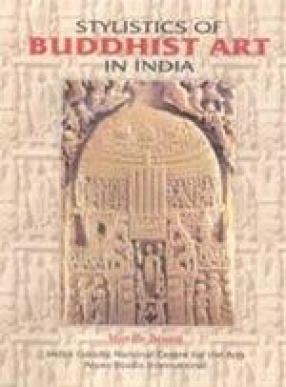In the Buddhist faith of all times, the stupa is venerated as Buddha himself. It is conceived as his nirmana-kaya “created body†or dharma-kaya “body of Lawâ€. In the course of history its structure has followed the evolution of the theological concept of the Buddha. When in Mahayana the supreme Buddha is endowed with multiple manifestations, such as the Five Jainas, Vairocana at the zenith,. Aksobhya in the east, Ratna-sambhava in the south, Amitabha in the west, Amoghasiddhi in the north, from whom emanate respectively five temporal Buddhas, there appears a new structural arrangement of the stupa with the adjunction of five pillars on projections in the cardinal points, to offer the worshippers signs of their presence around the supreme. This structure appears exclusively in the stupas of south Andhra from the 2nd century A.D., as a reflection of the rise of Mahayana in this region. When Vajrayana takes the lead and gives rise to Kalacakra in the 11th century, the style and icono
Stylistics of Buddhist Art in India (In 2 Volumes)
In stock
Free & Quick Delivery Worldwide
reviews
Bibliographic information
Title
Stylistics of Buddhist Art in India (In 2 Volumes)
Author
Edition
1st ed.
Publisher
ISBN
8173052433
Length
xii+346p., Illustrations; 23cm.
Subjects






There are no reviews yet.